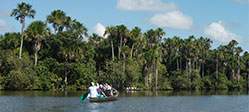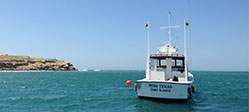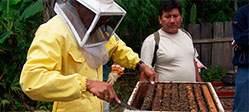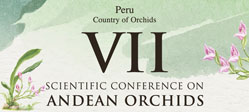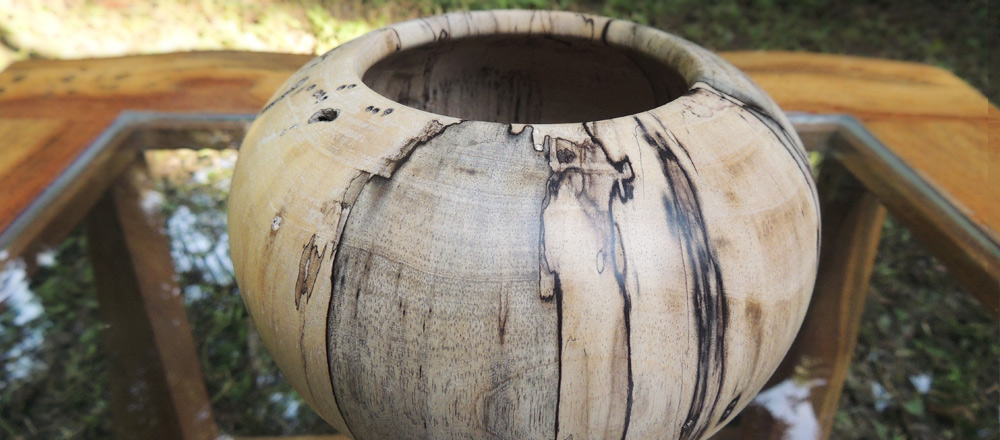Research > Rainforest > Spalting Fungi
Fungi represent one of the most diverse living groups in the world. With a key role in ecosystems, fungi decompose organic matter in the nutrient cycle. Though 750,000 species have been described (J.W. Deacon, 2006), it is estimated that 1,5 million species can be found, including those in the tropics.
A potential for the identification of new tropical species to science has been noticed by Inkaterra Asociación. As to produce information on fungi, the organization has started a research project in alliance with Dr. Sara Robinson (Oregon State University) and Msc. Sarath Vega (Universidad Agraria-La Molina). Aditionally, the Project relies on the collaboration of the Peruvian researcher, Dr. Magdalena Pavlich Herrera.
This project aims to gather new information on rainforest fungi, as well as their classification to study their role in the biological life cycle and in the decomposition of the tropical forest.
The search for Amazonian spalting fungi, which print unusual colors and shapes on wood through natural decay, is undertook within Inkaterra areas of influence. Scientific research on natural wood pigmentation with tropical fungi is ground-breaking, as it is one of the first projects on this subjects to be produced in a tropical forest worldwide and the first one in Peru.
Work with spalting fungi has an economic purpose, as it raises the value of tropical wood with natural garnishing. A technique that has gained much notoriety in the international market, which offers an opportunity for the development of local communities.



